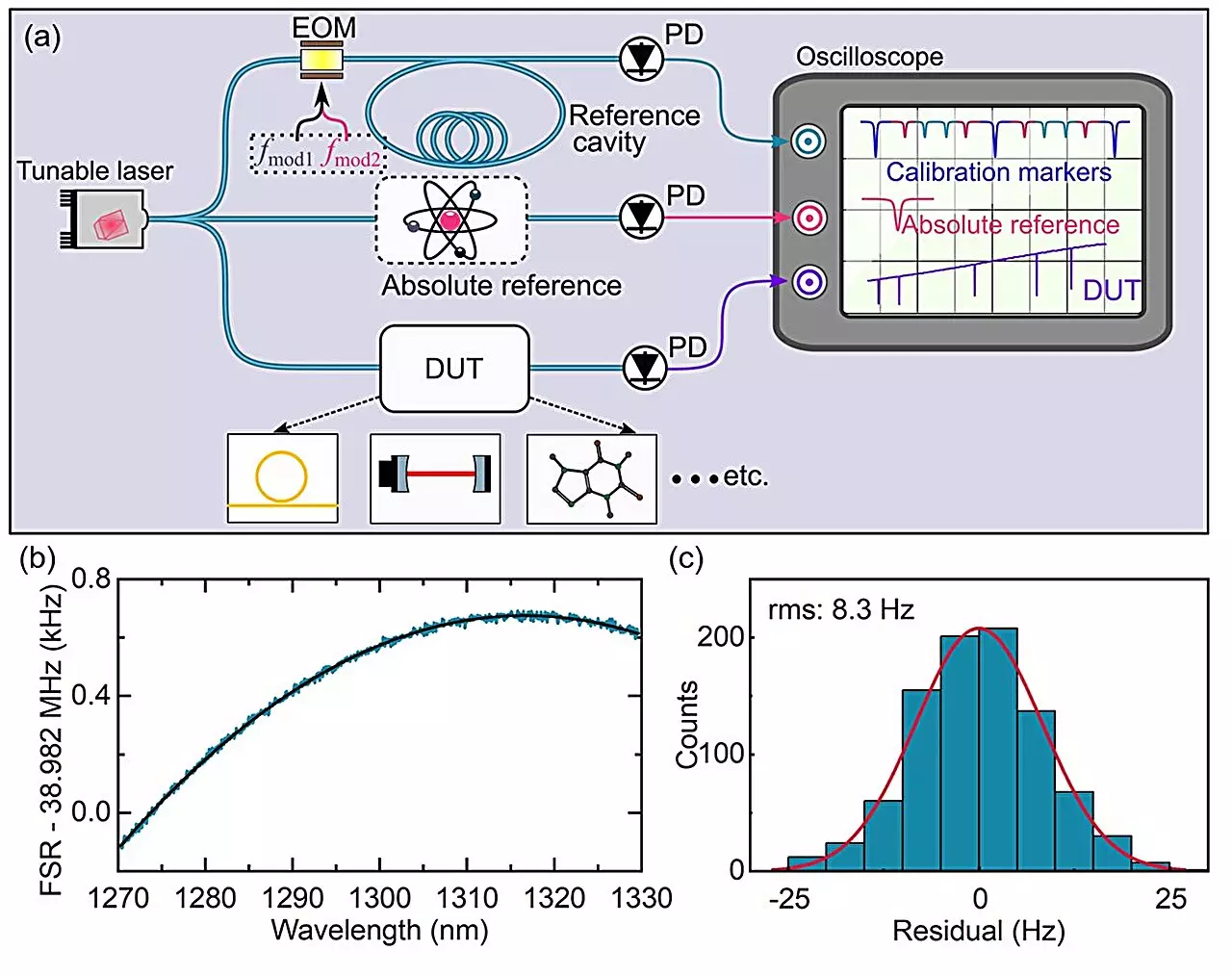Laser spectroscopy has revolutionized the way we study atoms and molecules since its inception in the 1960s. With continuous advancements in laser technology, it has become an indispensable tool for scientists seeking to understand the intricate structures and dynamics of matter at a molecular level.
With the emergence of two main types of laser spectroscopy – frequency comb-based laser spectroscopy and tunable continuous-wave (CW) laser spectroscopy, researchers have been able to delve deeper into the realm of precision measurement and high-speed broadband spectroscopy.
Frequency comb-based laser spectroscopy offers unparalleled precision in frequency measurements, making it a valuable asset in fields such as optical clocks, gravity sensing, and the search for dark matter. The high spectral resolution and broadband capabilities of frequency combs have opened up new possibilities in spectroscopic research. However, the low power per comb mode and the gaps between the modes present challenges in detecting trace gases and measuring spectrally narrow features. Moreover, the long-term coherence required for high-precision measurements necessitates complex stabilization systems.
Tunable CW lasers, on the other hand, provide high photon flux, long interaction paths, and frequency agility, making them ideal for applications such as molecular spectroscopy, gas sensing, and LIDAR. Despite their advantages, fluctuations in laser frequency scan speed have been a common issue with these systems. Various techniques have been developed to address these fluctuations, including interferometric approaches and optical frequency combs.
Combining the accuracy of a frequency comb with the tunability and power of a CW laser, frequency-comb-calibrated tunable laser spectroscopy represents a significant advancement in the field. However, the need for a reference frequency comb with stable polarization and a flat optical spectrum poses a challenge to its implementation. Researchers at the Max Planck Institute for the Science of Light have recently introduced a new, straightforward broadband spectroscopy method that offers Hz-level precision using a tunable laser.
The innovative technique involves on-the-fly calibration of the laser frequency using a fiber cavity and a dual radio frequency (RF) modulation technique. This approach enables precise tracking of the laser’s color during operation and provides calibration markers for measuring optical frequency distances with ultra-high precision. The method has shown remarkable results in measuring deviations in the free spectral range of a fiber loop cavity and characterizing spectral features of integrated photonic devices and molecular absorption spectrum of HF gas.
The new method developed by researchers at the Max Planck Institute offers a robust and straightforward approach to broadband spectroscopy with unprecedented precision. Its simplicity and versatility make it suitable for a wide range of applications, both in research laboratories and in real-world scenarios. With further advancements in laser technology, the possibilities for laser spectroscopy continue to expand, opening up new frontiers in the study of atoms and molecules.


Leave a Reply
You must be logged in to post a comment.